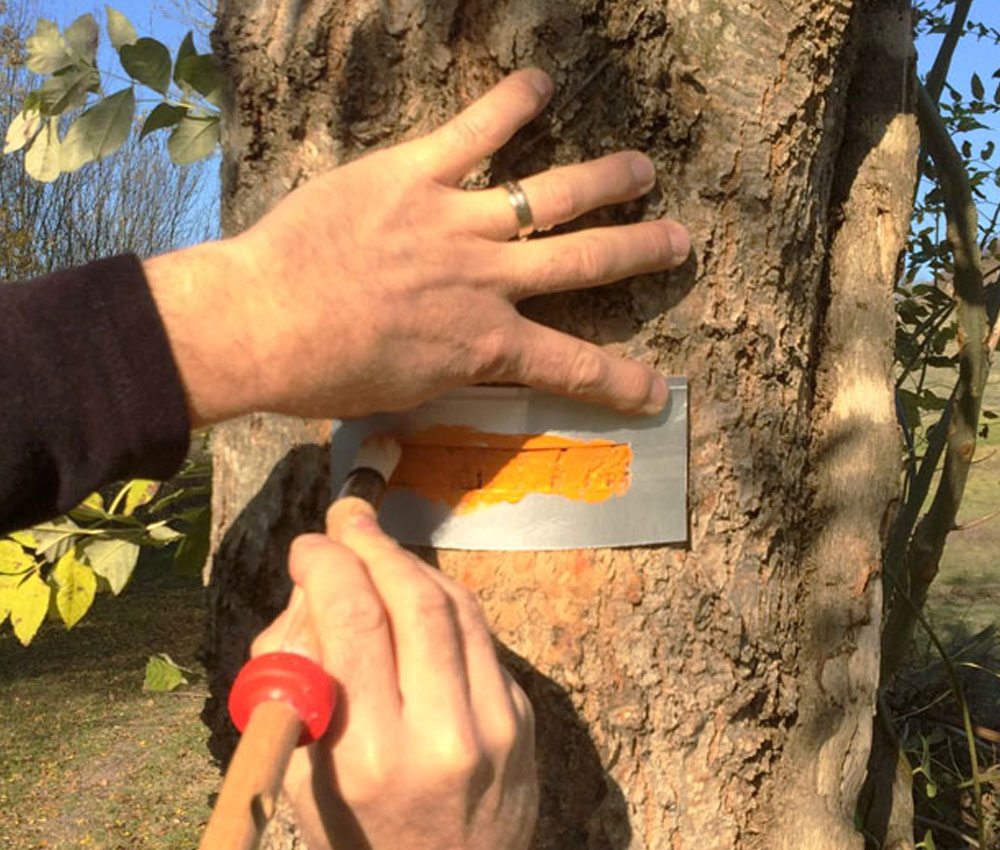©Esp Inture
Equestrian marking guarantees the security of riders and horses, and the good running of the path.
That's why the FITE has worked on a guide to best practice for the marking and signposting of equestrian itineraries. Each ONTE (Organisme National de Tourisme Equestre - member of the FITE) can use it, add to it, modify it according to its own territorial specificities, while respecting national and local legislation in force on these subjects.
We have put together a list of markings for riders in different countries. If you wish to tell us about the equestrian markings in your country, please let us know. After study and validation by our services we will add them.

Existing signs vary according to the status of the trail (private or public). Germany's Pferdetourismus brochure lists the country's equestrian tourism offerings.
©RFHE
The website TURISMO ECUESTRE ESPAÑA collects all the useful services for riders.
GEOCHEVAL is a tool helping you to find equestrian routes as well as equestrian tourism centers that can host both riders and horses.
Routes indicated with a yellow arrow are not accessible for riders.
It can also be found with a white rider on a blue background.
©roadtrafficsigns
It indicates the direction to follow and shows the rider's position.